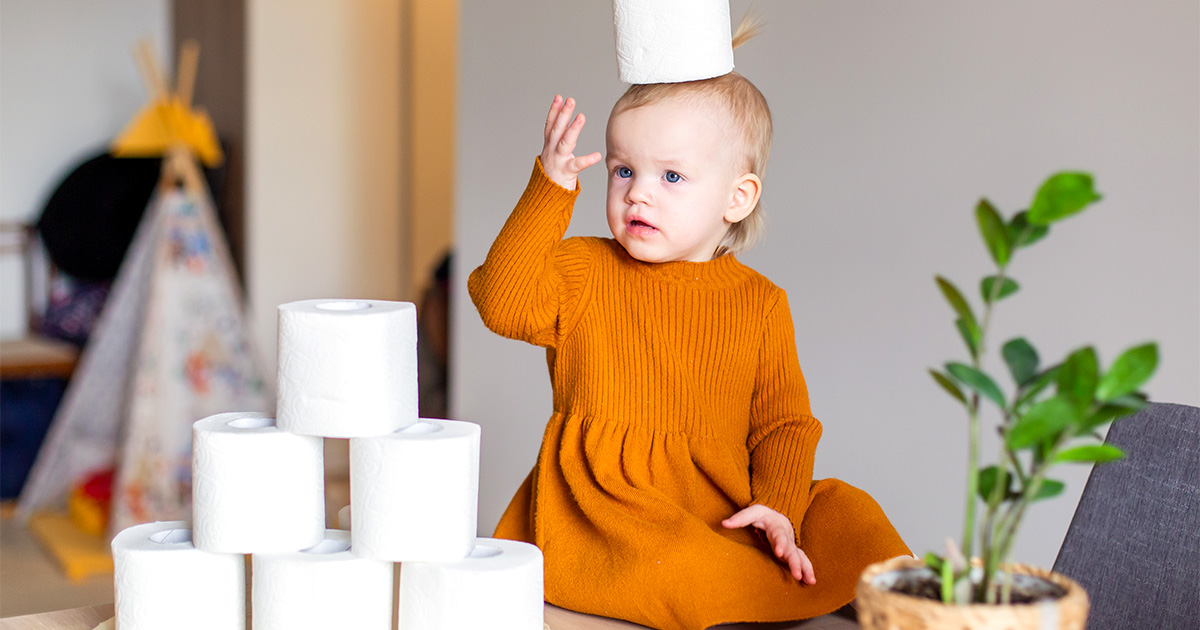- 844.422.9533
- Schedule a Tour

Toilet learning is an exciting time for a child and their family. However, it can be a challenge to identify when your child is ready to begin the journey. It’s a gradual process that children initiate, oftentimes earlier than what we, as parents, expect!
Between the ages of 12 and 18 months is the sensitive period for toilet awareness. At this time, your child may begin showing interest and becoming more involved and engaged in conversations about their natural body functions and the diapering process. The shift to toilet learning is typically a focus for children between 18 and 24 months.
Regardless of their age—interest and proficiency in the self-care required for success will vary from child to child. Extreme care must always guide our words and actions to ensure that independent toileting is a positive learning experience. Being able to recognize the signs of readiness can help the process be smoother and less stressful for you and your child.
Physical Readiness Signs
Toddlers build their brains by moving and developing large and fine motor skills. Consider whether:
- Your child has the gross and fine motor skills needed to get to the toilet, remove their clothing, and get on and off the toilet or training chair
- Your child shows discomfort when their diaper is wet or soiled
- Your child is dry for at least 2 hours
Cognitive and Language Readiness Signs
Toddlers demand independence! “I want to do it myself!” Consider if:
- Your child can follow simple directions
- Your child lets you know when their clothing is wet or soiled
- Your child asks to be changed
- Your child shows interest in wearing underwear
- Your child knows the words to use to communicate that they need to use the toilet
Emotional Readiness
- Your child has asked to start using the toilet
- Your child finds a private place or hides when soiling their diaper
- Your child is not afraid of the toilet
Waiting until your child is showing signs of readiness on all levels will make the experience less challenging and more enjoyable. After you have established that your child is ready, use these strategies to help your child be successful.
Toilet Training Strategies
- Incorporate bathroom breaks into your child’s day. Start with every 45 minutes in the beginning and slowly progress to longer spans of time.
- Keep your child’s bathroom routine consistent, so they know what to expect.
- Keep a stash of dry clothing near or in the bathroom and collaborate on redressing or changing any clothing that may be wet or soiled.
- Acknowledge your child every time they use the toilet to keep them excited and interested in toilet training.
Toileting is a practical life skill but learning the process does take time. Patience and reassurance are key. Be prepared for your child to have accidents along the way. It’s important to keep acknowledging your child’s efforts too. This will encourage them to continue using the toilet.
Keep in mind that every child is unique and learns at their own pace. Don’t get discouraged if your child has some setbacks. Simply continue to provide guidance and support.
